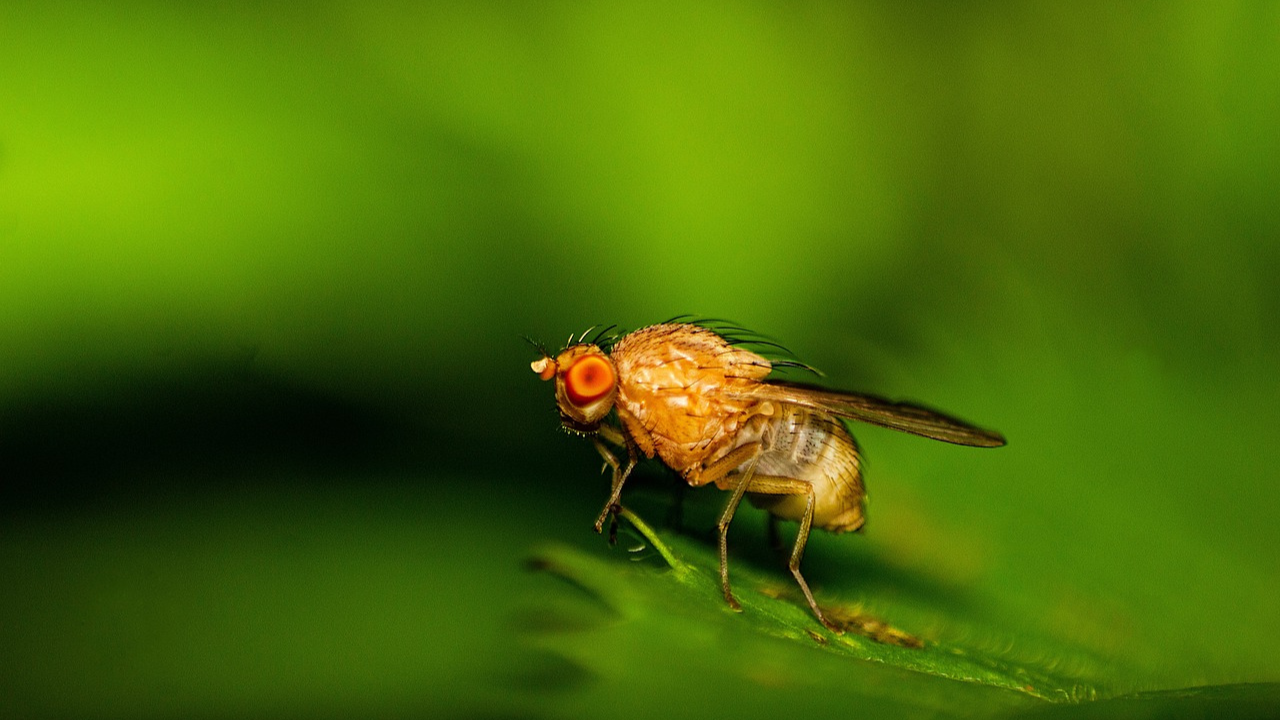
Pre-reading questions:
- What benefits do flies provide to other animals and plants?
- What animals are commonly used in scientific studies, and why do you think they are chosen?
Vocabulary:
- structure /STRUHK-cher/
- signal /SIG-nl/
- worm /wurm/
- behavior /bih-HEYV-yer/
- extensive /ik-STEN-siv/
[noun] – the arrangement or organization of parts to form an entire object or system
The structure of the human body includes various systems like the circulatory and respiratory systems.
[noun] – a sign or indication that conveys information or instructions
The neurons in the brain send signals to communicate with each other and coordinate body functions.
[noun] – a small animal with a long, narrow, soft body without arms, legs, or bones
The fisherman used a worm as bait to catch fish.
[noun] – the way that a person, an animal, a substance, etc. behaves in a particular situation or under particular conditions
The teacher noted the students’ behavior during the group project to assess their teamwork skills.
[adjective] – covering a large area; having a wide range or scope
She has extensive knowledge of world history from her studies.
Article reading:
The researchers created a wiring diagram called a connectome for the fruit fly’s brain. Previous studies mainly focused on simpler organisms like the worm Caenorhabditis elegans and the larval stage of the fruit fly. However, studying the adult fruit fly offers more complex behaviors due to its advanced brain structure. According to Mala Murthy, a Princeton neuroscientist and co-leader of the research, this study aims to show how the arrangement of neurons affects animal behavior. The mapping revealed insights into various behaviors, including walking, taste processing, and visual perception. This extensive project was carried out by the FlyWire Consortium, highlighting the collaboration and innovation in modern neurobiological research.
Comprehension questions
- What advancement did scientists make in neurobiology?
- How many neurons were identified in the fruit fly’s brain?
- Why do researchers often use the fruit fly in brain studies?
- What is the main goal of the research mentioned in the article?
- Which simpler organisms were studied before the adult fruit fly?
Discussion questions
- Have you ever been curious about how the brain works? If so, what specific aspect of the brain interests you the most? If not, what area of science do you find fascinating?
- Have you ever watched animals or insects closely? If yes, what did you find interesting, and what did you learn? If not, which animal or insect would you like to watch, and what would you want to learn about it?
- Do you agree that the findings from this research could have important implications for understanding human brains?
- What do you think are some challenges scientists face when studying the brain?
- What scientific study do you think needs more attention and why?